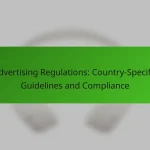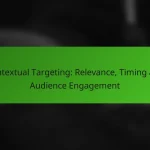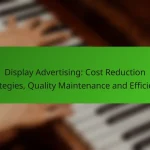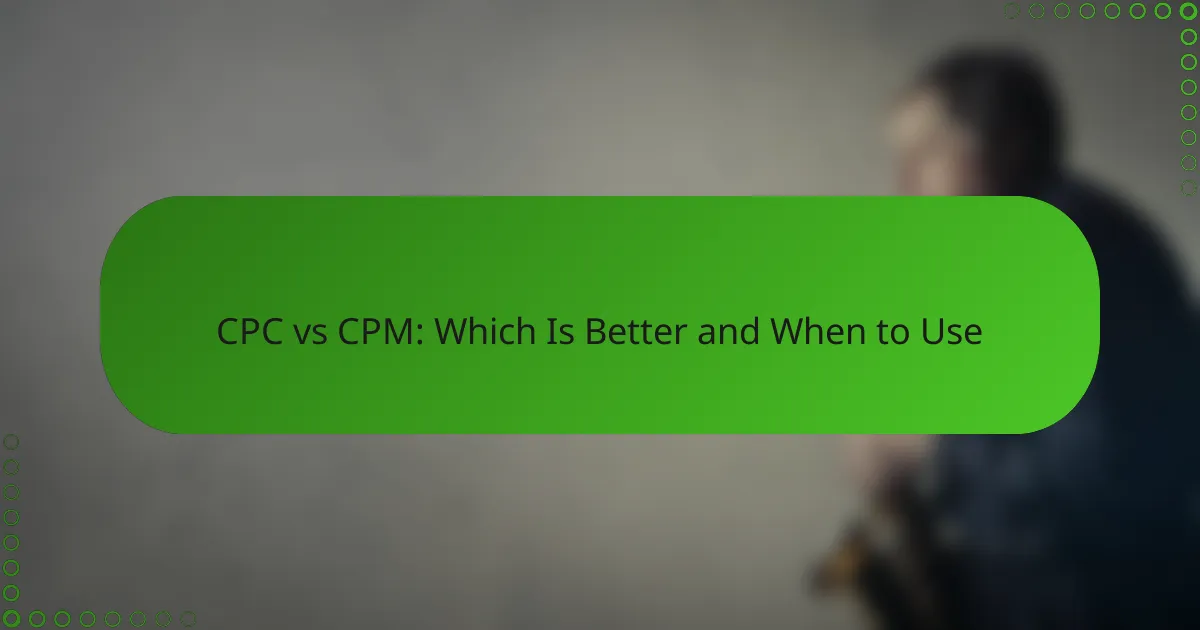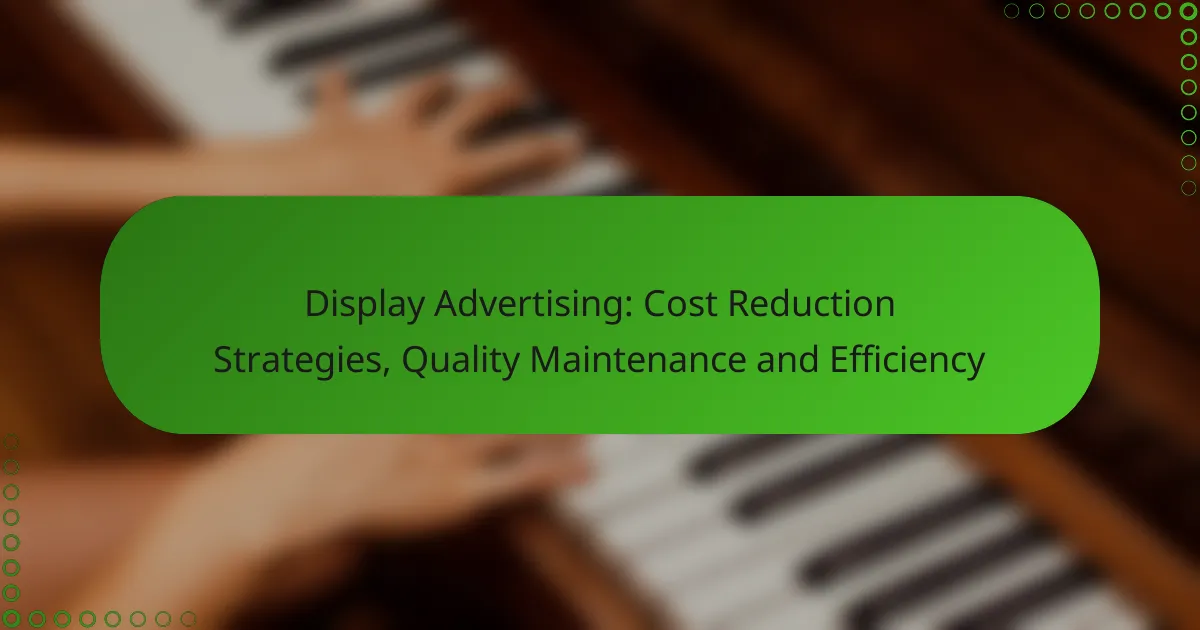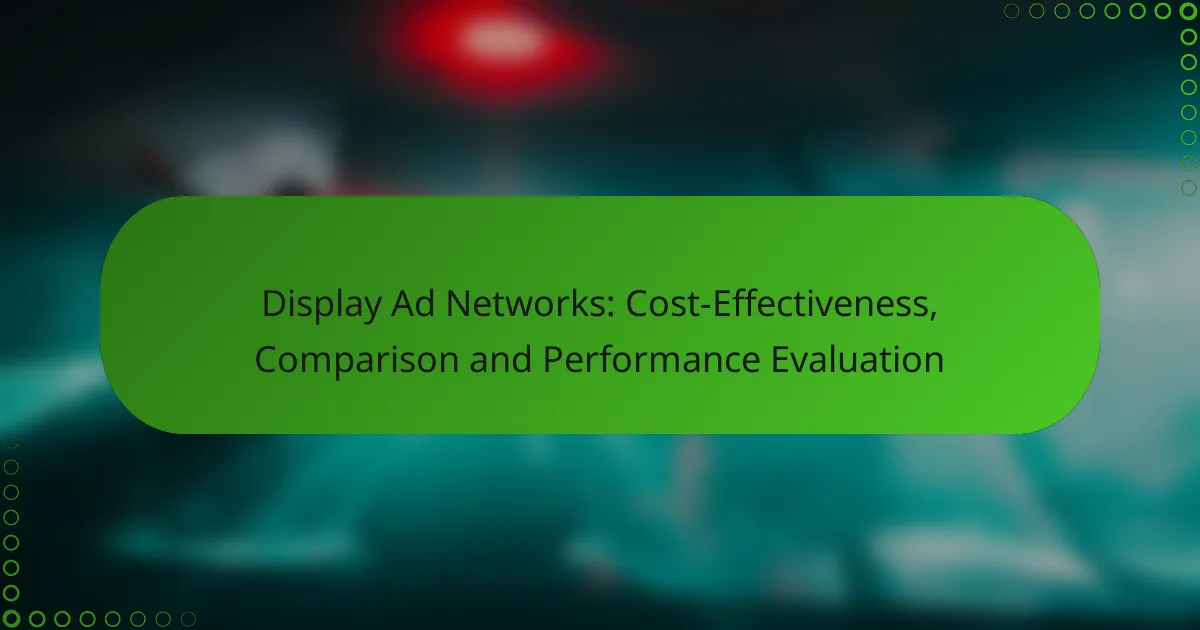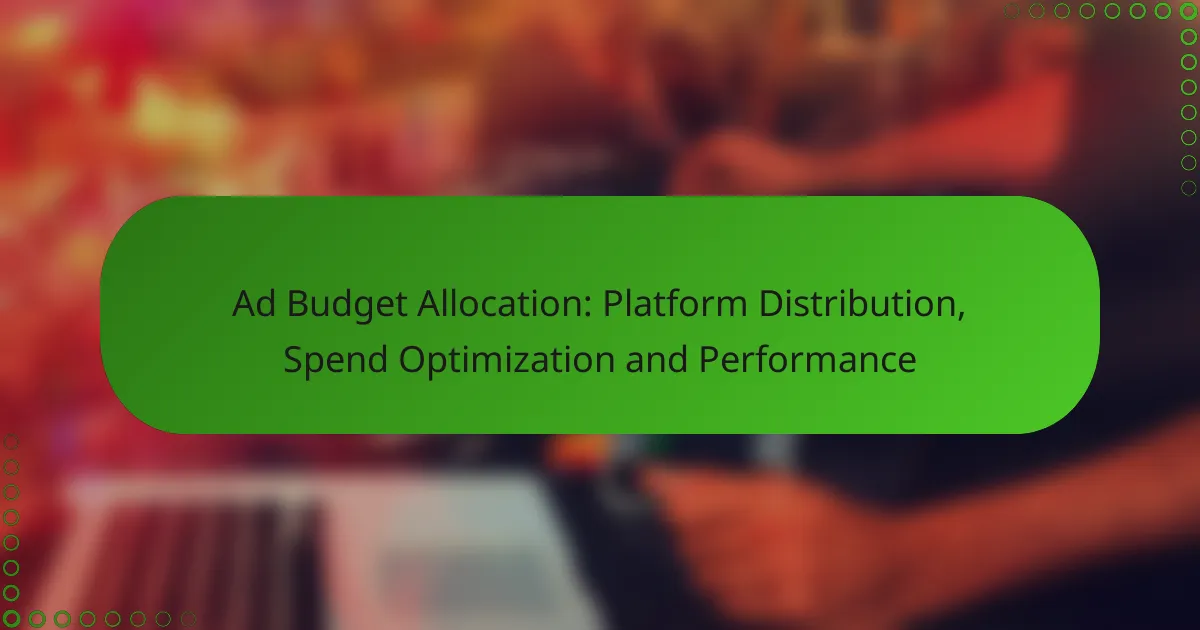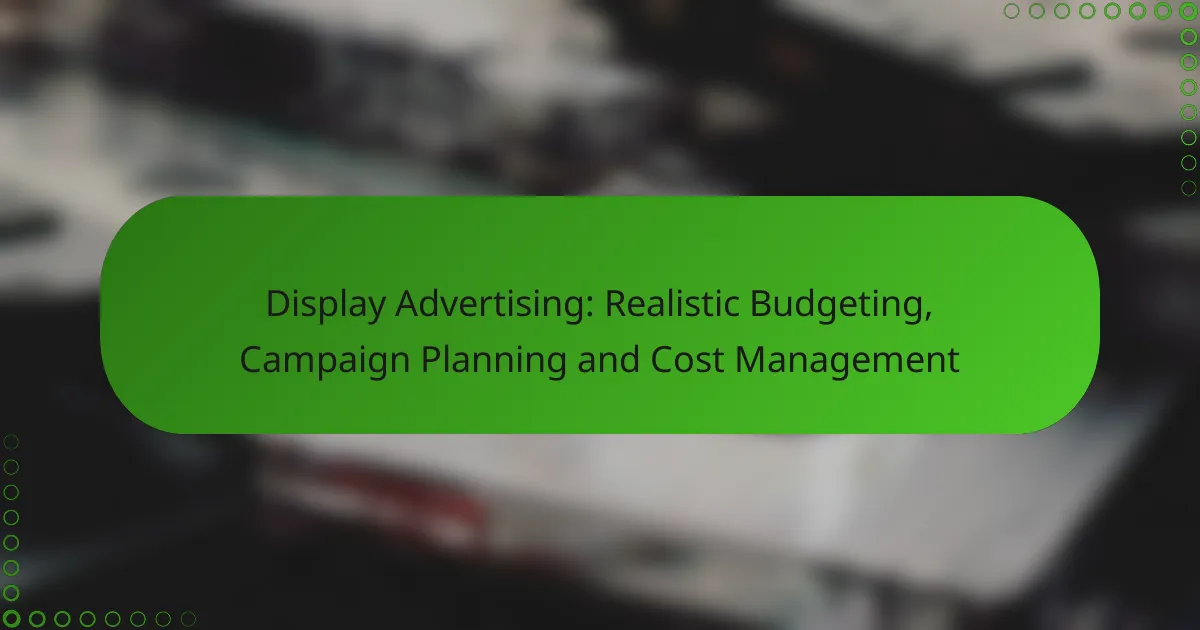CPC (Cost Per Click) and CPM (Cost Per Thousand Impressions) are two distinct pricing models in online advertising, each serving different campaign objectives. CPC is ideal for driving immediate actions, as advertisers pay only for clicks, making it suitable for measurable results. In contrast, CPM is best for maximizing visibility and brand awareness, focusing on impressions rather than direct conversions.
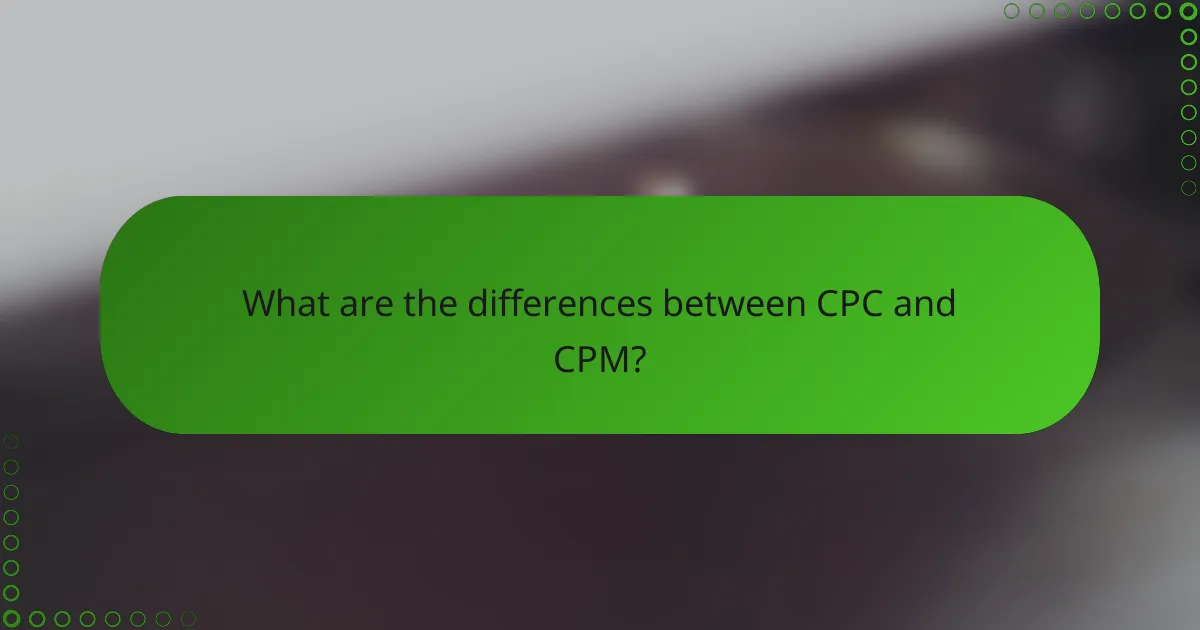
What are the differences between CPC and CPM?
CPC (Cost Per Click) and CPM (Cost Per Thousand Impressions) are two distinct pricing models used in online advertising. CPC charges advertisers based on the number of clicks their ads receive, while CPM charges based on the number of impressions, or views, the ads generate.
CPC focuses on cost per click
CPC is a model where advertisers pay each time a user clicks on their ad. This approach is beneficial for campaigns aiming to drive traffic to a website, as it directly correlates spending with user engagement. Advertisers can set a maximum bid for each click, allowing for budget control.
For example, if an advertiser sets a CPC bid of $1 and receives 100 clicks, the total cost will be $100. This model is often preferred for campaigns focused on conversions, such as sales or sign-ups.
CPM focuses on cost per thousand impressions
CPM is a model where advertisers pay for every thousand impressions their ad receives, regardless of whether users click on the ad. This model is ideal for brand awareness campaigns, where the goal is to reach a large audience rather than drive immediate clicks.
For instance, if an advertiser pays a CPM rate of $5, they will spend $5 for every 1,000 times their ad is shown. This approach can be more cost-effective for brands looking to increase visibility without a direct focus on clicks.
Different pricing models for advertisers
Advertisers choose between CPC and CPM based on their campaign objectives. CPC is generally more suitable for performance-driven campaigns, while CPM is better for campaigns aimed at maximizing reach. Understanding the target audience and campaign goals is crucial in selecting the right model.
Additionally, some platforms offer hybrid models, allowing advertisers to combine CPC and CPM strategies for more tailored results. This flexibility can help optimize ad spend based on real-time performance data.
Impact on campaign goals
The choice between CPC and CPM significantly impacts campaign goals. CPC is aligned with direct response objectives, such as generating leads or sales, while CPM supports brand visibility and awareness initiatives. Advertisers should clearly define their goals before selecting a pricing model.
For example, if a company aims to increase website traffic, a CPC model may yield better results. Conversely, if the goal is to enhance brand recognition, a CPM strategy may be more effective. Regularly reviewing campaign performance can help advertisers adjust their approach as needed.
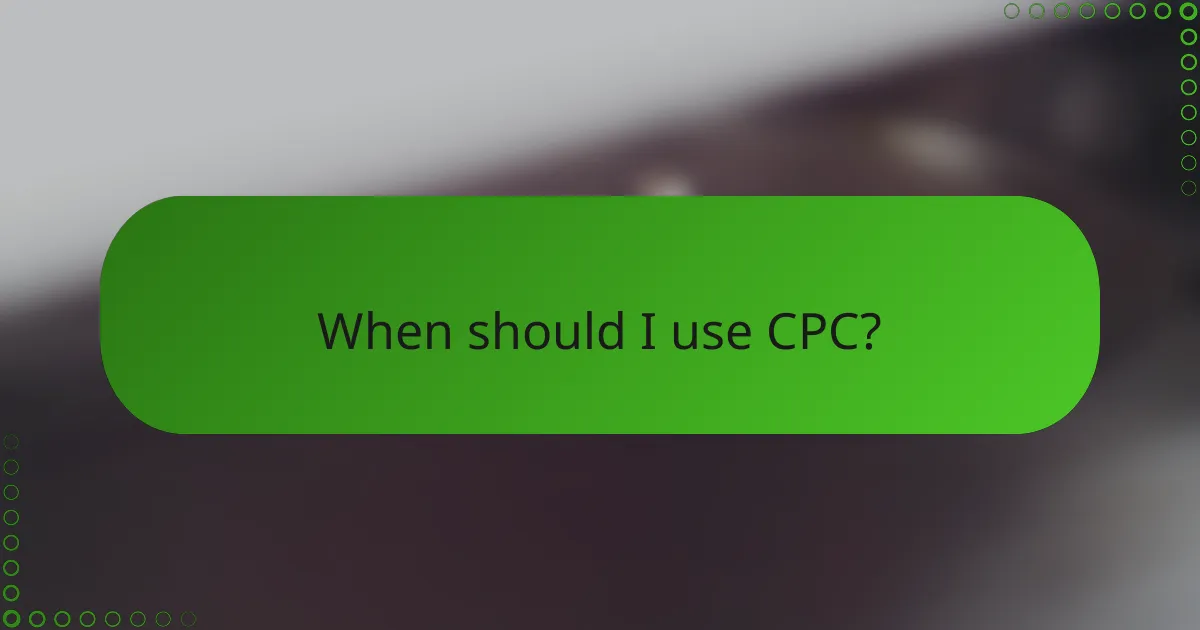
When should I use CPC?
CPC, or cost-per-click, is best utilized when your primary goal is to drive immediate actions, such as website visits or conversions. This model allows advertisers to pay only when a user clicks on their ad, making it a cost-effective choice for campaigns focused on measurable results.
Best for direct response campaigns
CPC is particularly effective for direct response campaigns where immediate user action is desired. For instance, if you want potential customers to sign up for a newsletter or make a purchase, paying per click ensures that your budget is spent on users who are actively engaging with your content.
To maximize effectiveness, ensure your ad copy is compelling and includes a clear call to action. This can significantly increase the likelihood of clicks translating into conversions.
Effective for driving website traffic
If your goal is to increase website traffic, CPC is a strategic choice. By paying for clicks, you can attract a larger audience to your site, which can lead to higher visibility and potential sales. This model is particularly useful for new websites looking to build an initial user base.
Consider using targeted keywords that resonate with your audience to enhance click-through rates. Regularly monitoring and adjusting your bids based on performance can help optimize your traffic generation efforts.
Ideal for specific audience targeting
CPC campaigns allow for precise audience targeting, making them suitable for businesses aiming to reach specific demographics. Platforms like Google Ads and Facebook Ads offer robust targeting options based on user behavior, interests, and location.
Utilizing these targeting features can help ensure that your ads are seen by users who are more likely to convert. Regularly reviewing your audience insights can help refine your targeting strategy and improve overall campaign performance.

When should I use CPM?
CPM, or cost per thousand impressions, is best used when the goal is to maximize visibility rather than direct conversions. This model is particularly effective for campaigns focused on brand awareness, where reaching a large audience is more important than immediate clicks or actions.
Best for brand awareness campaigns
CPM is ideal for brand awareness campaigns because it allows advertisers to showcase their message to a broad audience without the pressure of immediate engagement. By paying for impressions, brands can ensure their ads are seen by many potential customers, fostering recognition and recall.
For example, a new product launch might benefit from a CPM strategy to build familiarity among consumers. This approach helps establish a presence in the market before transitioning to more performance-driven models.
Effective for maximizing reach
Using CPM is effective for maximizing reach, as it focuses on delivering ads to as many users as possible. This is particularly useful in competitive markets where visibility can significantly impact consumer choice.
Advertisers can leverage CPM to target specific demographics or geographic areas, ensuring that their message reaches the intended audience. For instance, a local restaurant might use CPM to promote a special event to residents within a certain radius.
Ideal for high-visibility placements
CPM is ideal for high-visibility placements, such as premium websites or popular social media platforms. These placements often command higher CPM rates but can yield substantial exposure due to their traffic volume and user engagement levels.
When selecting high-visibility options, consider the context in which your ad will appear. Ads placed on well-known sites or during peak traffic times can enhance brand perception and increase the likelihood of future interactions, even if immediate clicks are not the primary goal.

How do CPC and CPM affect my advertising budget?
CPC (Cost Per Click) and CPM (Cost Per Mille) significantly influence your advertising budget by determining how you pay for ad placements. CPC charges you based on the number of clicks your ad receives, while CPM charges you for every thousand impressions, affecting overall spending and strategy.
CPC can lead to variable costs
CPC can result in fluctuating costs depending on the performance of your ads. If your ads receive a high number of clicks, your expenses can increase rapidly, especially in competitive markets. For example, if you set a CPC bid of $1 and receive 100 clicks, your total cost will be $100.
To manage costs effectively, monitor your click-through rates (CTR) and adjust your bids accordingly. Setting a daily budget can help control spending, but be aware that high-performing ads may exhaust your budget quickly.
CPM provides predictable budgeting
CPM offers a more stable budgeting approach since you pay a fixed rate for every thousand impressions. This predictability allows for easier forecasting of advertising expenses, making it suitable for brand awareness campaigns. For instance, if your CPM is $5, you would pay $5 for every 1,000 times your ad is shown.
Using CPM can be advantageous when your goal is to maximize visibility rather than immediate clicks. However, ensure that your target audience is well-defined to avoid wasting impressions on users unlikely to engage with your brand.
Impact on ROI calculations
The choice between CPC and CPM can significantly impact your return on investment (ROI) calculations. With CPC, you can directly link costs to user actions, making it easier to assess the effectiveness of your campaigns. If you spend $100 on CPC and generate $500 in sales, your ROI is straightforward to calculate.
In contrast, with CPM, the relationship between spending and revenue may be less direct, as impressions do not guarantee clicks or conversions. To evaluate ROI effectively, consider tracking metrics like engagement rates and conversion rates alongside your CPM costs.

What are the advantages of CPC?
CPC, or cost-per-click, offers several advantages for advertisers looking to maximize their return on investment. By paying only when users click on their ads, businesses can effectively manage their budgets and focus on driving traffic to their websites.
Pay only for actual clicks
One of the primary benefits of CPC is that advertisers only incur costs when users click on their ads, ensuring that their budget is spent on genuine interest. This model contrasts with CPM (cost-per-thousand impressions), where costs accrue regardless of user engagement. For example, if an ad receives 1,000 impressions but only 10 clicks, the advertiser pays only for those 10 clicks.
Better tracking of user engagement
CPC campaigns provide clear metrics on user engagement, allowing advertisers to analyze how effectively their ads attract clicks. This data can help identify which ads resonate with the target audience and which need adjustments. By monitoring click-through rates (CTR), businesses can refine their strategies based on real user behavior.
Optimized for conversion-focused campaigns
CPC is particularly advantageous for campaigns aimed at driving conversions, such as sales or lead generation. Since advertisers pay only for clicks, they can focus on optimizing their landing pages and ad copy to increase the likelihood of conversions. For instance, a well-crafted ad that leads to a high-converting landing page can yield a strong return on investment, making CPC a preferred choice for many marketers.

What are the advantages of CPM?
Cost Per Mille (CPM) offers several advantages, particularly for brand awareness campaigns. It allows advertisers to pay for impressions rather than clicks, making it ideal for reaching a broad audience efficiently.
Effective for Brand Awareness
CPM is particularly effective for campaigns focused on brand awareness, as it emphasizes visibility over direct response. Advertisers can showcase their products or services to a large number of users, increasing the likelihood of brand recall.
For instance, a company launching a new product may choose CPM to ensure that their ads are seen by thousands, if not millions, of potential customers. This approach is beneficial when the goal is to create a strong market presence rather than immediate sales.
Cost Efficiency for Large Audiences
CPM can be cost-efficient when targeting large audiences. By paying for impressions, advertisers can maximize their reach without being limited by the number of clicks. This is especially useful for campaigns with a broad target demographic.
For example, a brand may allocate a budget of $1,000 for a CPM campaign, aiming for 100,000 impressions. This strategy can lead to lower costs per impression compared to other pricing models, making it a smart choice for extensive outreach.
Predictable Budgeting
With CPM, advertisers benefit from predictable budgeting, as costs are based on the number of impressions rather than variable click rates. This allows for easier financial planning and allocation of resources across campaigns.
For instance, if an advertiser knows they want to achieve 500,000 impressions at a CPM rate of $5, they can confidently budget $2,500 for that campaign. This predictability helps in managing overall marketing expenses effectively.
